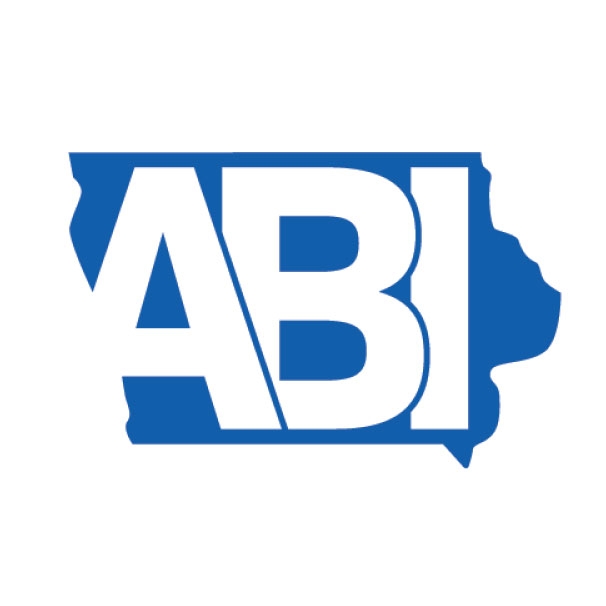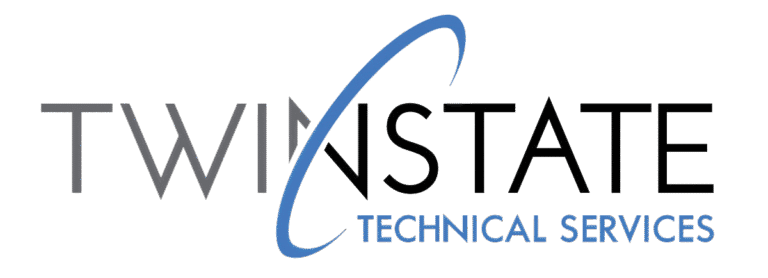MRA, the nation’s largest employer association – with a footprint in the Quad Cities, will present the findings from its 2025 Compensation Trends Survey during a virtual conference on Thursday, Sept. 11.
The Waukesha, Wisconsin-based MRA said its Compensation Trends Survey offers timely and actionable insights into how organizations are navigating compensation strategy amid economic uncertainty, evolving legislation, and shifting workplace expectations. During this week’s virtual Compensation Conference, MRA Surveys Manager Brittany Rittershaus and other experts will provide attendees with the tools to strengthen their compensation strategies and align with emerging trends. To join MRA’s Compensation Conference, visit here. The half-day conference is designed for HR professionals. The cost is $125 for MRA members and $150 for non-members.
“It can be challenging for organizations to stay current with compensation trends while understanding their organizational impacts,” Ms. Rittershaus said in a news release. “This year’s survey results reflect a market where transparency, equity, and strategic planning are more essential than ever.”
The published compensation report can be purchased here from MRA.
Here are some of the 2025 survey’s key findings:
Economic Outlook: Just over half of respondents (52%) expect the U.S. economy to remain stable this year, which is down from 60% last year. With 22% anticipating a decline and 26% expecting improvement, organizations are cautiously navigating rising prices, tariffs, and market shifts that directly impact compensation planning.
Merit Increases: Organizations reported an average merit increase of 3.6% over the past 12 months, with projected increases averaging 3.4% for 2026. While budgets tighten, many employers are exploring non-monetary rewards such as career development, flexible schedules, and wellness initiatives to maintain engagement.
Pay Transparency: Transparency continues to gain traction, with 45% of organizations providing or planning to provide formal training to managers on pay communications. Sharing pay ranges for open positions remains the most common transparency practice, helping bridge the gap between perception and reality.
Compensation Philosophy: The top three drivers of compensation strategy in 2026 are Retention, Budget, and Talent Acquisition. More organizations are formalizing their compensation philosophies to ensure fairness and accountability, though many still report gaps in structure and consistency.
Pay Equity: Organizations are prioritizing regular pay equity audits, standardized pay structures, and consistent job descriptions to ensure compensation decisions are free from bias and aligned with compliance and retention goals.
According to MRA, the latest survey includes expanded data on merit increases, cost-of-living adjustments (COLA), and general pay movements, along with refined questions around pay equity analysis, market analysis frequency, and transparency in pay decisions.
“Compensation is evolving fast—from compliance to culture,” Ms. Rittershaus added. “Our survey helps organizations benchmark their strategies and make informed decisions that support both business health and employee engagement.”
Visit MRA’s website here for more information on the survey.
For more than 120 years, MRA has focused on delivering best-in-class HR services customized to meet the needs of businesses ranging from small- to medium-sized organizations to global corporations. To learn more about MRA, visit www.mranet.org.







